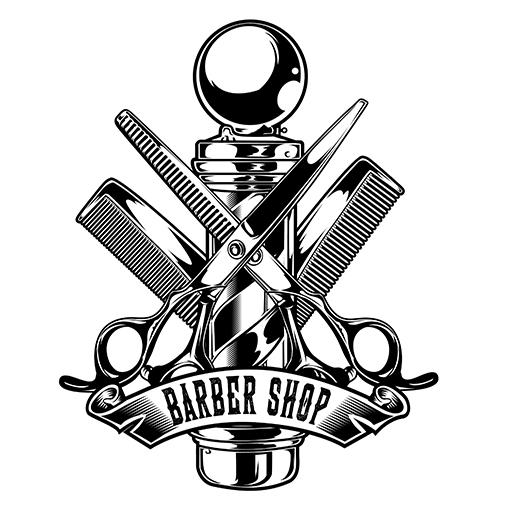Essential Hygiene Protocols All Barber Must Avoid for Maximum Client Protection
Essential Hygiene Protocols All Barber Must Avoid for Maximum Client Protection
Blog Article
Maintaining proper sanitation remains crucial in any field which entails direct interaction among clients, particularly within the barbering industry. Hairdressers hold an important role in assisting people appear and feel their best, however this responsibility entails alongside the necessity for rigorous hygiene practices. In the interest of the safety of clients and stylists together, there are several critical hygiene practices that should be avoided. Recognizing these measures may help ensure a sanitary and safe setting in barbershops.
One of the most common hygiene errors stylists should avoid is the reuse of personal styling instruments without adequate sanitation. Tools such as scissors, trimmers, and brushes can hold germs and viruses if they are not cleaned after every use. Stylists should consistently sanitize their tools with appropriate cleaners or cloths after customers. Neglecting to do so might result to the transmission of diseases, which can have grave consequences for customers. Creating a schedule for sanitizing and sanitizing instruments is not just a recommended practice; it is a vital part of maintaining a safe work environment.
Another habit to prevent is overlooking to clean hands regularly. Stylists engage with various customers in a single-day shift, and their hands can easily pick up germs and pathogens. It is essential for stylists to wash their hands thoroughly with detergent and water before and after each customer. Additionally, using skin disinfectant can be an efficient method to further minimize the spread of germs. Neglecting this step can compromise customer safety and may lead in diseases or ailments that could have been easily prevented.
Proper cleanliness of the barber shop setting is also critical. Barbers should avoid ignoring surfaces that are often handled, such as chairs, countertops, and waiting area seats. These surfaces should be disinfected and sterilized frequently to reduce the risk of cross-contamination. Creating a cleaning schedule can help barbers maintain a hygienic setting. This practice not only safeguards customers but also enhances the overall experience, allowing customers feel more at ease and appreciated.
Additionally, barbers should avoid using products that have not been stored or managed correctly. Cosmetic products such as gels, click this sprays, and oils can become contaminated if they are kept unsealed or incorrectly stored. It is crucial for stylists to check expiration labels and to keep items in a chilly, arid place. Discarding any outdated or suspicious items is vital to ensure customer safety. Utilizing tainted products can lead to dermal reactions or hypersensitivity reactions, which can tarnish a stylist's credibility and injure clients.
In, stylists have a duty to copyright high levels of hygiene to ensure the safety and well-being of their customers. By preventing the reuse of unsterilized tools, neglecting hand hygiene, overlooking surrounding sanitation, and utilizing improperly stored products, stylists can establish a safe and welcoming environment. Recognizing and implementing these essential sanitary protocols not only safeguards customers from diseases but also builds trust and faithfulness. A clean barbershop this hyperlink is a successful barber shop, in which both stylists and clients can experience confident and safe.